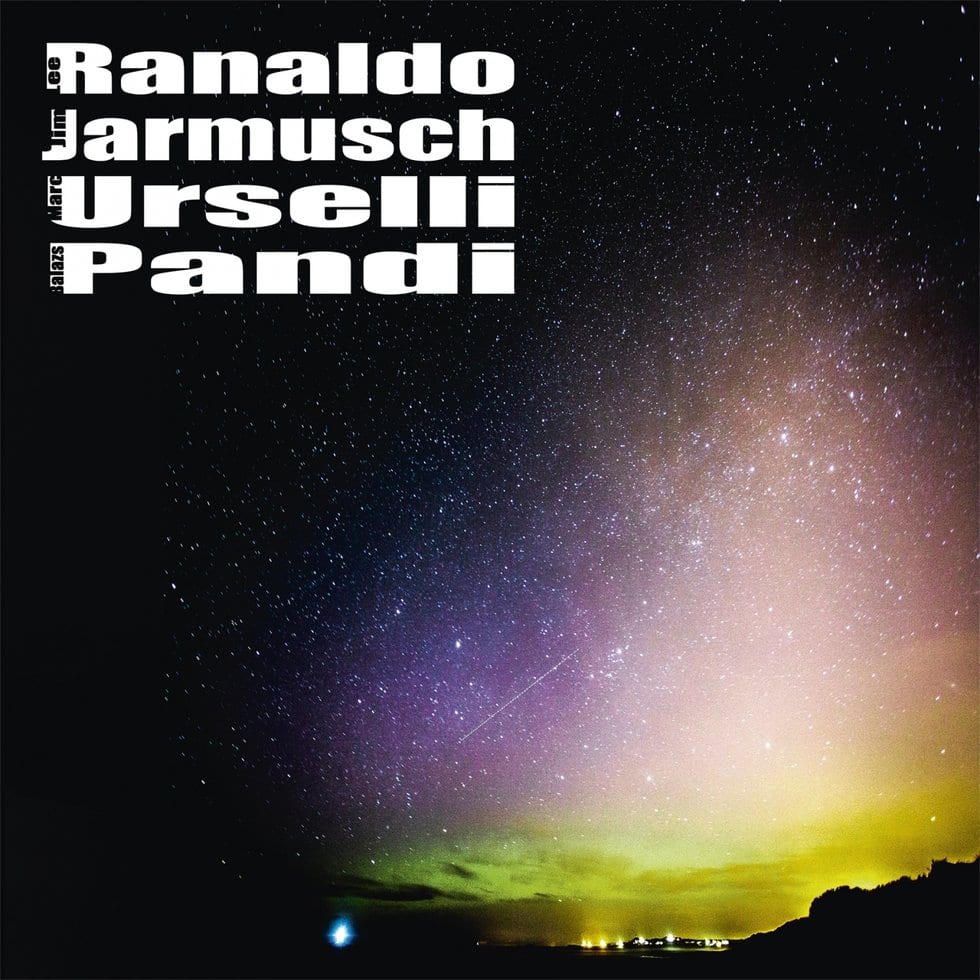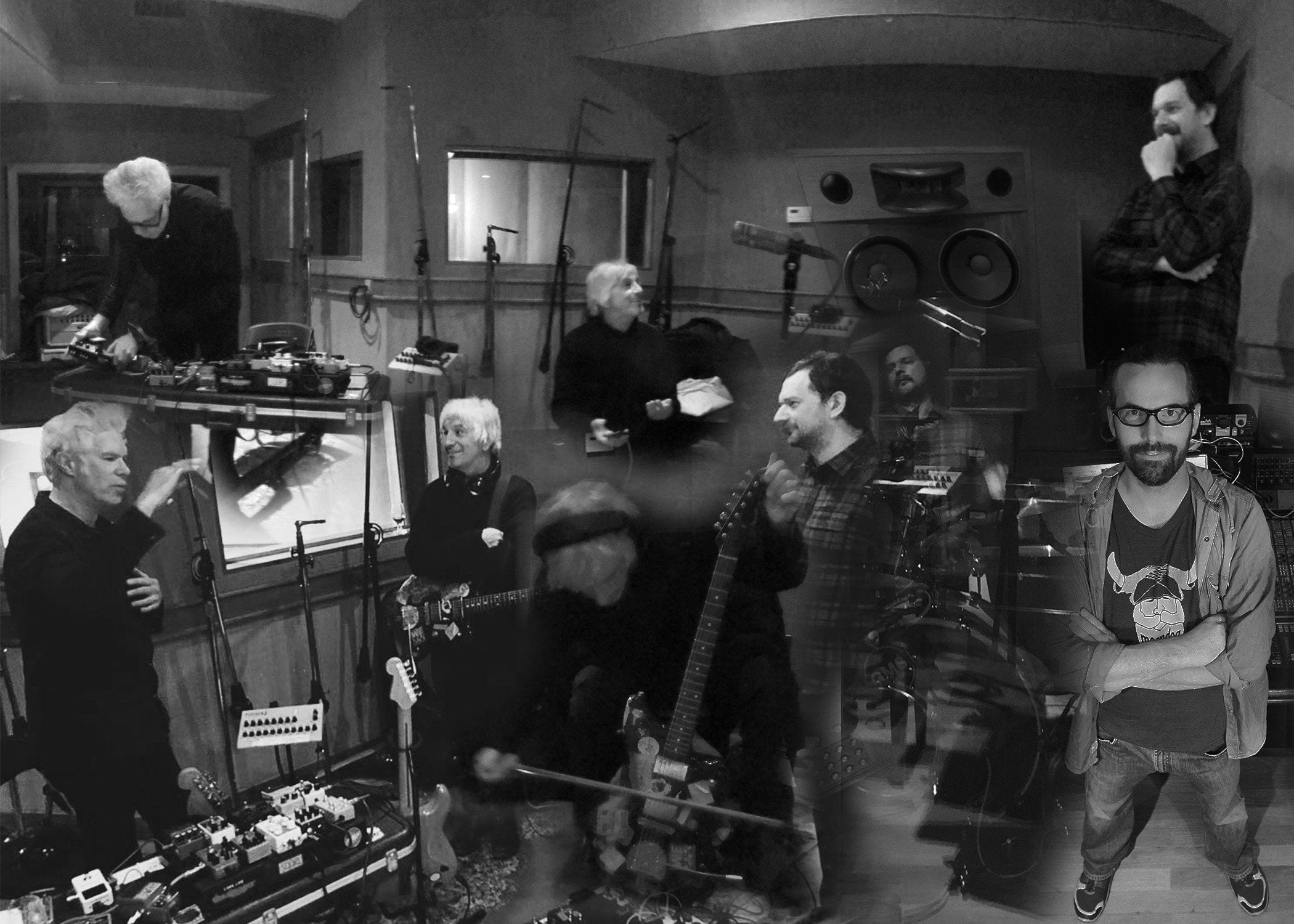
Producer Marc Urselli decided to bring together a group of musicians who had never performed together, turn them loose, and record what happens. In selecting guitarist Lee Ranaldo, multi-instrumentalist (and filmmaker) Jim Jarmusch, and drummer Balázs Pándi, Urselli – who also played bass – created a quartet with distinct backgrounds but overlapping tastes. Based on the names alone, the group could have produced a noisy bit of experimentation or a reworked Down By Law soundtrack. The musicians did neither, opting instead to create lengthy pieces that rely on patience and nuance for subtle shifts of tone.
Each track takes its name for a figure from Norse mythology, but the pieces have more to do with long Nordic nights than they do with large men hitting things with hammers (the album’s bells don’t count). “Groa” takes the darkest turn, maybe in connection to its namesake’s strange sorcery and effectiveness even in death. The tinkling bells take nothing away from the menacing turn the other instruments take early on, and Pandi’s drumming adds a discomfiting element to the piece. The track, moving linearly but incrementally, takes nearly 20 minutes to fall into its ultimate and foreshadowed abyss.
None of the tracks are light, and in some senses “Groa” functions as a finish, not to an entire triptych. Other cuts deliver a greater sense of openness. “Bergelmir” surges more, Pandi’s restlessness suggesting an undetermined end to this one, and the group figure it out as they go. That sort of adventure makes the piece compelling. Where “Groa” draws strength from a persistent drive in one way, “Bergelmir” relies on its indeterminacy. No one seems to be leading the track, yet everyone seems to be in it regardless of where they end up.
“Gulltoppr” mostly avoids the bleakness, the long tones never quite settling into minimalist or ambient approaches. The group doesn’t sound quite sure of themselves here, as if they want to move into post-rock sounds but feel constrained to more delayed approaches. Urselli’s production works well, keep everything spacious even as the music itself grows darker and more self-enclosed. Without a steady vision, though, the ten-minutes-plus of the track drags a bit, an overlong warm-up for the quartet’s proper work on the rest of the album.
The CD edition contains two bonus tracks, “Andvari” and “Haar”. These pieces fit best as a separate entity from the other three tracks. They’re a little brighter and offer more ringing guitar work. It’s a small pairing to follow the heavy main set, but they’re not inessential. These two cuts fill out an understanding of the group’s collaboration. They’re still patient and texture-based, but they’re a little less restrained. With the guitars more willing to attack, the pieces develop a different attitude and suggest a different path the musicians could have followed without completely abandoning their core aesthetic. The five tracks combine for a mostly engaging night, devoid of thunder but not lacking for intrigue.

